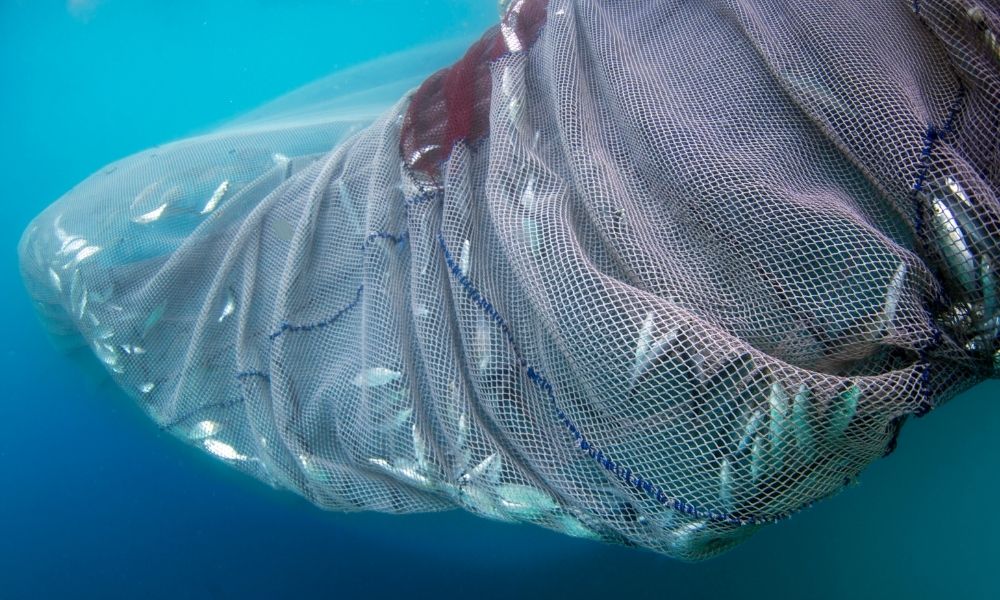Tela Bay, Honduras—Recent monitoring data collected from Los Micos Lagoon demonstrated a 483 percent increase in fish biomass after a closed fishing season in 2021, signifying both higher quantities and larger sizes of fish. Likewise, it showed an increase in diversity of species and trophic levels.
Los Micos Lagoon often suffers from overfishing, impacting populations of newborn fish that later swim into the ocean and occupy coral reefs. According to Julio San Martín Chicas, CORAL’s Principal Program Coordinator for the North Coast, if we want healthy coral reefs, we must also protect coastal lagoons. And for Tela Bay, a community deeply dependent on local catch and known for endangered corals, protecting reefs is essential.
Addressing Overfishing in Coastal Lagoons
To address the issue of overfishing, Tela’s local government started a closed season every year from May through June, a timeframe which prohibits fishing in coastal lagoons. This allows fish to grow and swim to coral reefs, thus repopulating stocks and minimizing the impacts of overfishing.
Overfishing occurs when people catch too many fish and the stocks are not able to replenish quickly enough. Not having enough fish can collapse entire reef ecosystems and impact the coastal communities reliant on them.

While this initiative originally started in 2010, it was unsuccessful until recently. According to San Martín Chicas, it was difficult to enforce the rules without sufficient patrols, financial support, and fishing use rights.
But this year, better funding and on the ground support allowed Tela’s “closed season” to operate more effectively. In addition to CORAL’s financial and technical backing, PROLANSATE Foundation, National Institute of Forest Conservation and Development, General Directorate of Fisheries and Aquaculture (DIGEPESCA), the naval force and rangers were involved. In particular, DIGEPESCA provides preferential access to local artisanal fishers, instead of outside commercial entities—which has been a key component to empowering the Tela community.
“This year was a success compared to other years,” said San Martín Chicas. “Community members have told me there was much more control on the water.” Over the 54 patrol days in the 2021 closed season, 36 fishing nets, nine cast nets and three harpoons were all confiscated and donated to social aid institutions—likely saving hundreds of fish.
The Greater Impact of Closed Fishing Season
For the Tela community, this is great news. After all, fishing is the primary source of income and food for locals. A successful closed season can help ensure healthy fish stocks for subsequent months.
Sufficient fish populations are also significant for coral reefs. Herbivorous fish graze on seaweed, keeping algal growth in check. When their populations decline, they can’t keep up with the algae. As a result, algae can smother a reef.
Research also shows that fish in Tela are biologically connected to fish populations in the Honduran Caribbean, and possibly the entire Mesoamerican reef region. Therefore, repopulating fish in Tela, can also impact coral reefs that are hundreds of miles away.

In the future, San Martín Chicas hopes the closed season will continue its success. He’d also love to utilize this science-based information to help reform policies. As a next step, it would be optimal if the closed season was more closely aligned with the reproductive patterns of commercially important fish.
By leveraging new data and leading meaningful initiatives, we will continue to address overfishing and fight for the protection of coral reefs—both in Tela Bay and around the world.
Learn how you can make a difference today: https://coral.org/en/donate/
